Nissan's Next-Generation GT-R will Feature a Hybrid Powertrain System, Launched within 3-5 Years
 RobertApr 23, 2025, 10:13 AM
RobertApr 23, 2025, 10:13 AM

【PCauto】Since its launch, the GT-R has garnered acclaim for its formidable power, exceptional handling, and impressive track record. As the automotive industry rapidly moves toward electrification and automation, the developments surrounding the new GT-R are of keen interest.
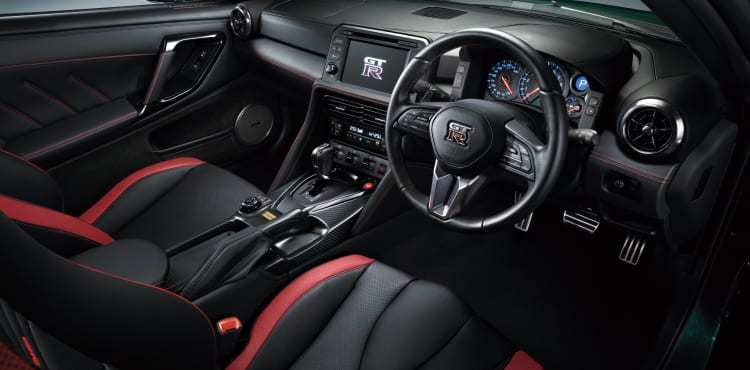
During this year’s New York International Auto Show, Nissan's Chief Product Planner for the U.S., Ponz Pandikuthira, shared insights about the new GT-R in an interview, fueling anticipation for the future of this legendary sports car.
Pandikuthira emphasized that the next-generation GT-R “must first and foremost be an model characterized by GT-R.” For the GT-R, it means staying true to its brand roots.

The GT-R’s history dates back to the 1960s, evolving through multiple generations while consistently embodying high performance, good handling, and a racing feature. It is far from an ordinary sports car, symbolizing Nissan's technical prowess and relentless pursuit of performance.
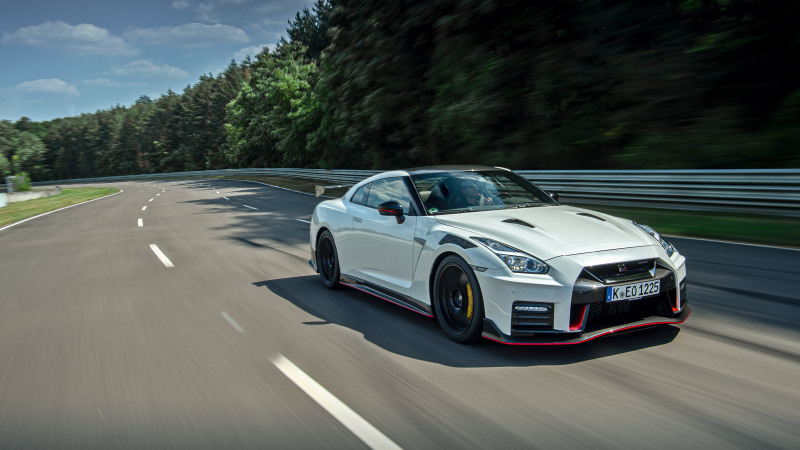
Dubbed the "green hell," the Nürburgring Nordschleife has long been a benchmark for assessing the performance of high-performance sports cars. In 2008, the GT-R made headlines with a remarkable lap time of 7 minutes and 29 seconds, defeating the fastest Porsche 911 Turbo, thereby cementing its reputation.
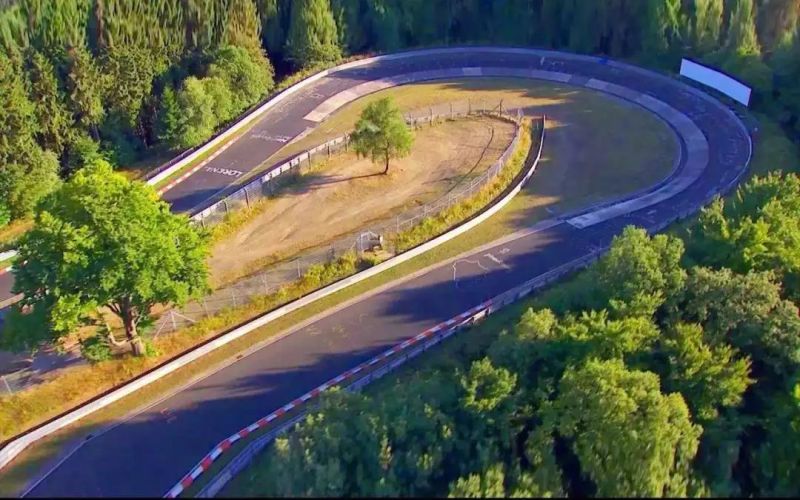
Since then, competition among high-performance sports cars on this track has intensified. In 2023, the mass-produced Porsche 911 GT3 RS achieved a lap time of 6 minutes and 44.848 seconds around the 12.94-mile (about 20.82 km) circuit.
For the next-generation GT-R, achieving a stellar performance at the Nürburgring will be crucial, as it is a significant source of its reputation and key to continuing the brand’s legacy. As Pandikuthira noted, “That’s why GT-R gained its reputation; it once beat the 911 on its home track, and that legacy must be upheld.”
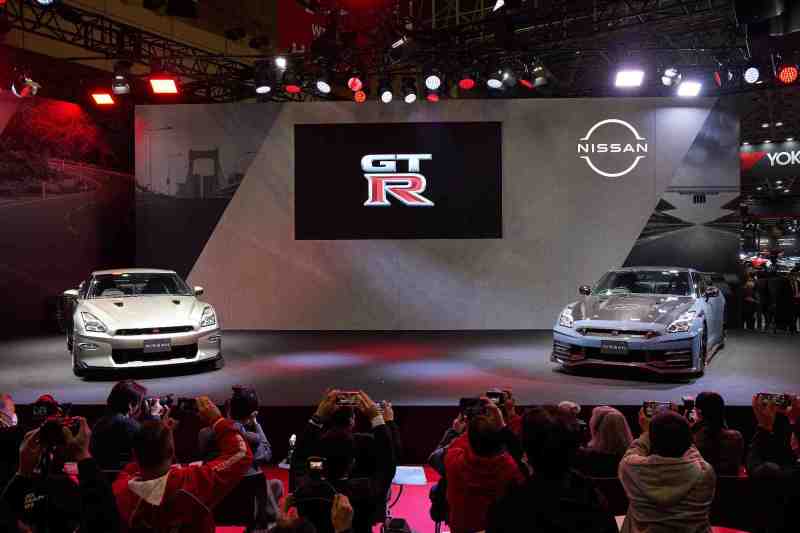
However, given the increasingly stringent emission standards and the automotive industry's shift toward electrification, the next-generation GT-R will also adapt to these trends, incorporating some form of electrification.
Pandikuthira acknowledged, “High-powered vehicles obviously cannot comply with increasingly strict emission standards, and it depends on advancements in technology, battery technology, and electric motor technology—we may need a few years, but the GT-R will return.”

From Pandikuthira's disclosures, it appears that the Nissan’s next-generation GT-R may adopt a hybrid powertrain system. This system will combine a traditional internal combustion engine with an electric motor, leveraging the fuel engine's high power output capabilities while utilizing the electric motor's advantages in low torque and energy recovery for a more efficient and explosive power delivery.
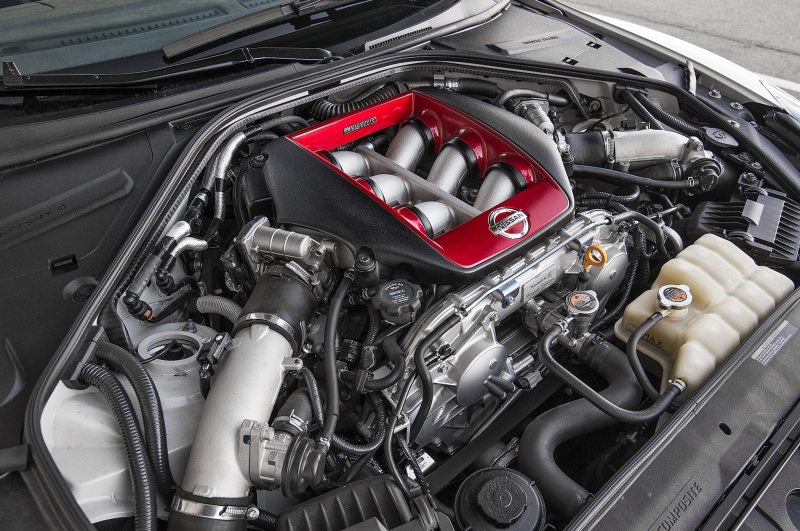
Nissan is expected to optimize the 3.5-liter twin-turbo V6 engine currently used in the Armada, which has already passed stringent emissions certification for 2032, confirming that turbocharging technology will be retained and supplemented with an electric motor for robust performance.
Additionally, an intelligent energy management system may be included, capable of automatically optimizing the operation of the engine and electric motor based on the vehicle’s driving condition, driving mode, and battery level, ensuring efficient energy utilization and allocation.

In terms of battery technology, while Nissan has yet to confirm whether they will use a traditional hybrid or plug-in hybrid system, either option will likely incorporate some innovative battery technologies. Additionally, improvements may also be made in charging speed and safety to meet the requirements of performance and safety for high-performance sports car users.

Beyond the electrification of the powertrain, the next-generation GT-R may also feature a suite of advanced technologies in other areas to enhance overall performance and driving experience
In the chassis and suspension departments, there may be continued optimization of electronically adjustable dampers, employing more advanced valve control technologies to further improve the dampers' efficiency in absorbing road vibrations in different modes, providing better comfort and handling for the driver.
Furthermore, lighter and high-strength materials, such as aluminum and carbon fiber composites, may be used in suspension components to reduce unsprung mass, increase responsiveness, and improve the durability of the suspension system, thereby enhancing the vehicle's overall handling capabilities.
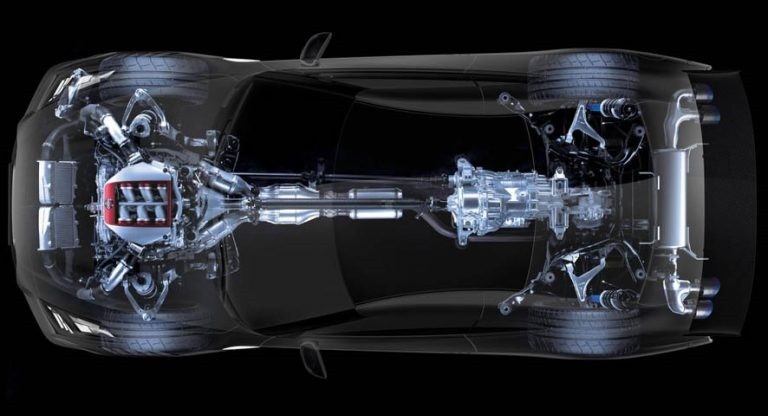
In terms of exterior design, the next-generation GT-R is likely to incorporate more aerodynamic elements, such as optimized body lines, added spoilers, and diffusers, to improve stability and downforce at high speeds, while reducing drag to enhance fuel efficiency and performance.
Simultaneously, it will innovate on classic design elements, retaining iconic features such as the four circular tail lights, and possibly adopting advanced lighting technologies like laser headlights and OLED taillights.

On the smart technology front, the next GT-R is expected to boast a more advanced suite of driver-assistance systems, including adaptive cruise control, automatic emergency braking, lane-keeping assistance, and blind-spot monitoring.
The in-car infotainment system will also receive an upgrade, featuring larger, higher-resolution displays that support smoother human-machine interaction. The system will be equipped with smart connectivity features, allowing seamless integration with smartphones and providing services such as navigation, multimedia entertainment, and remote vehicle control.
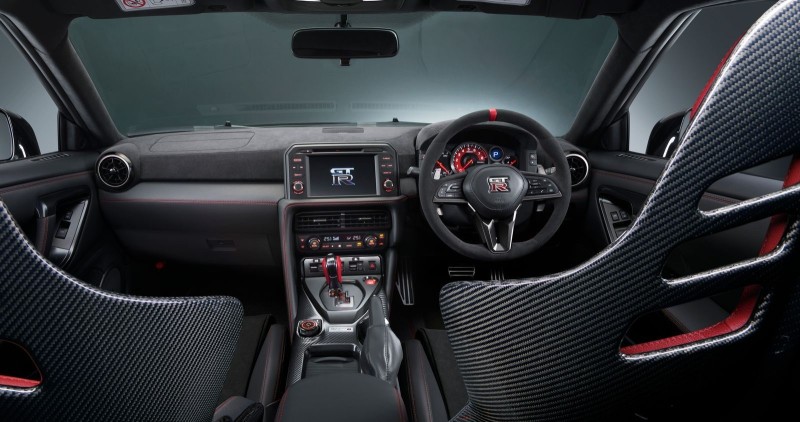
The next-generation GT-R carries the hopes of enthusiasts, as it aims to honor the brand's classic legacy while continuing its legendary story on the track, all while embracing new technologies like electrification and automation as it seeks new heights in performance. Although specific details are still under wraps, one thing is certain: when this new GT-R makes its debut, it is sure to reignite the passion of fans and bring fresh vitality to the high-performance sports car segment. Let's eagerly await what lies ahead.
If any infringement occurs, please contact us for deletion
Trending News

BYD Sealion 7 is not only cheaper than Tesla Model Y, what other differences do they have?
Is it better to buy the BYD Sealion 7 or the Tesla Model Y? This really makes one a bit hesitant, but before you make a decision, I recommend you take a good look at this article.

2026 Toyota Hilux Travo released, the brand-new exterior and interior are highly anticipated
If you're considering buying a Hilux, honestly, the comprehensive innovations in the ninth generation are worth waiting for. While the current model might still have some advantages in terms of reliability and price, the new model offers significant changes in terms of exterior and interior luxury, tech features, and powertrain options.

Toyota Land Cruiser FJ did not disappoint, the most anticipated civilian off-road vehicle is back.
Since its birth in 1951 under the name Toyota BJ, the Land Cruiser series has accumulated sales of approximately 12.15 million units in over 190 countries and regions worldwide, becoming a global off-road icon spanning more than 70 years.

In Malaysia, which sliding door MPVs are available?
The numerous advantages of sliding door MPVs make many people fond of this type of vehicle. However, MPVs are not a mainstream choice in the car market, so many people might not know which MPVs are available domestically.

Jaecoo J7 VS Honda CR-V, which is the most worthwhile C-Segment SUV to buy
With an exterior that closely resembles a Land Rover, Jaecoo J7's sales experienced several months of rapid growth but have recently slowed down. Perhaps the market is nearing saturation, as Jaecoo J7 has already surpassed the once-dominant Honda CR-V in the C-Segment SUV category.
Popular Cars
Model Year
Car Compare
Car Photo

